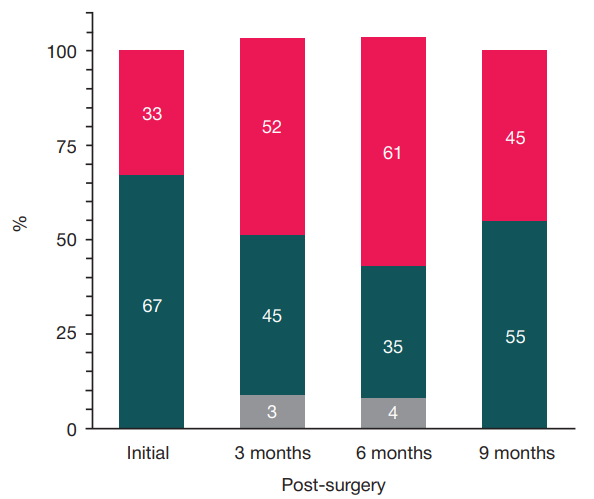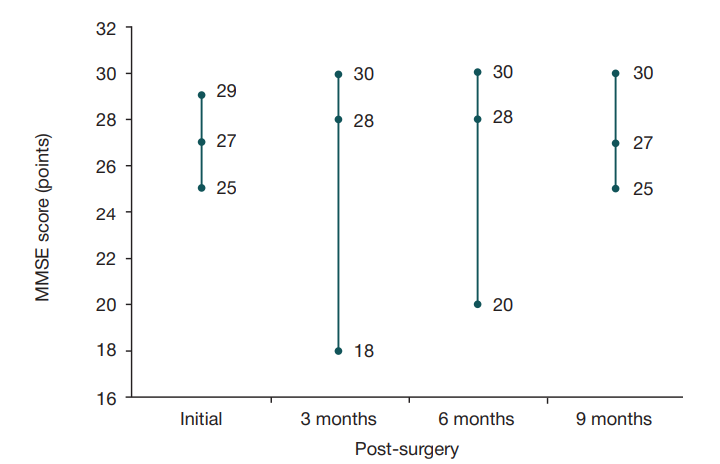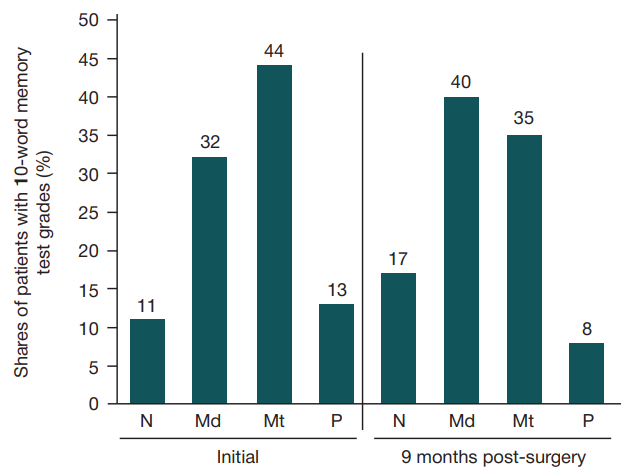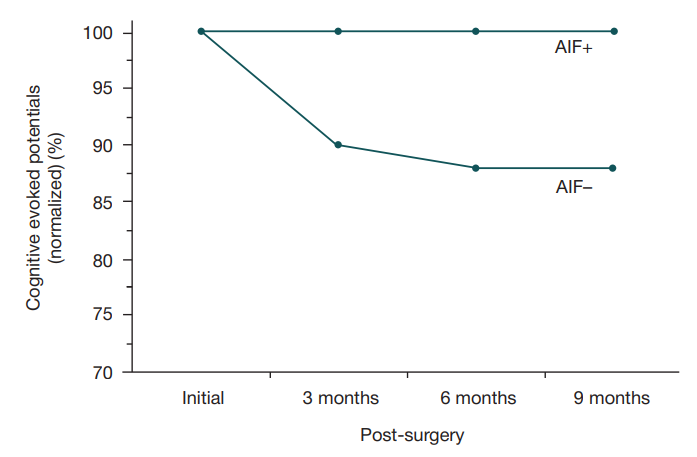
This article is an open access article distributed under the terms and conditions of the Creative Commons Attribution license (CC BY).
ORIGINAL RESEARCH
The state of cognitive functions after angioreconstructive operations on the carotid arteries
Research Center of Neurology, Moscow, Russia
Correspondence should be addressed: Roman B. Medvedev
Volokolamskoye shosse 80, Moscow, 125367; ur.xednay@namor-vedevdem
Funding: the study was ordered by the Research Center of Neurology (Federal Research Institution).
Author contribution: Tanashyan MM — study design development, manuscript editing; Medvedev RB — literature analysis, study design development, data collection, analysis and interpretation, manuscript authoring; Lagoda OV and Berdnikovich ES — literature analysis, study design development, data collection and interpretation, manuscript editing; Skrylev SI — angiosurgery, manuscript editing; Gemdzhian EG — study concept and design, data analysis, statistical analysis, manuscript compilation and editing; Krotenkova MV — image data analysis and interpretation, manuscript editing.






